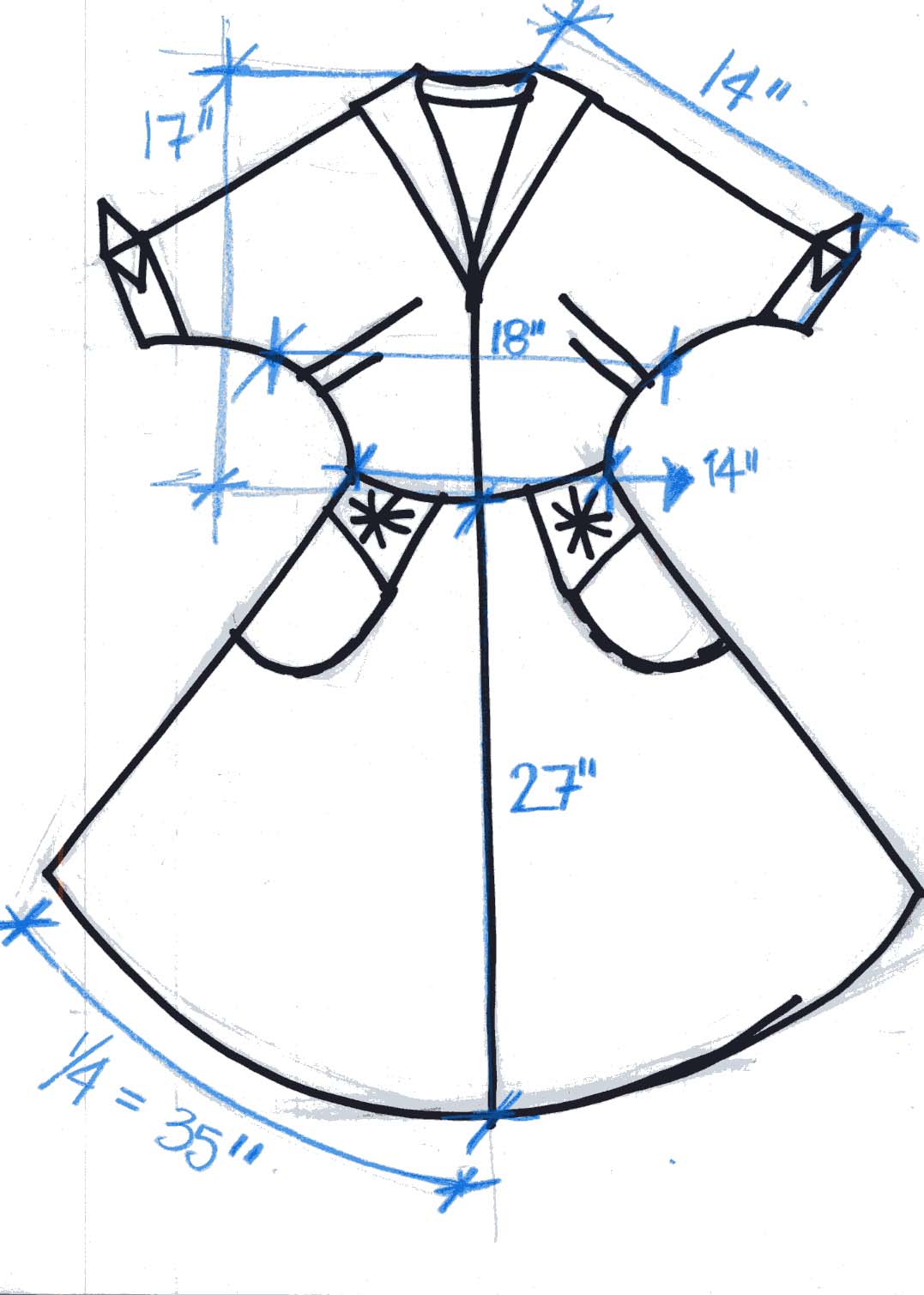| 1. I MATERIAL | |||
| Fiber:
Probably ACETATE (fiber identification with burning test).
Generic name of fabric: TAFFETA. A plain wave with more warp that weft which results in a firm, smooth fabric with a very fine crosswise rib. Collar Interfacing: cotton or linen plain weave. Pocket Decoration: rhinestones and some kind of passemanterie cord. |
